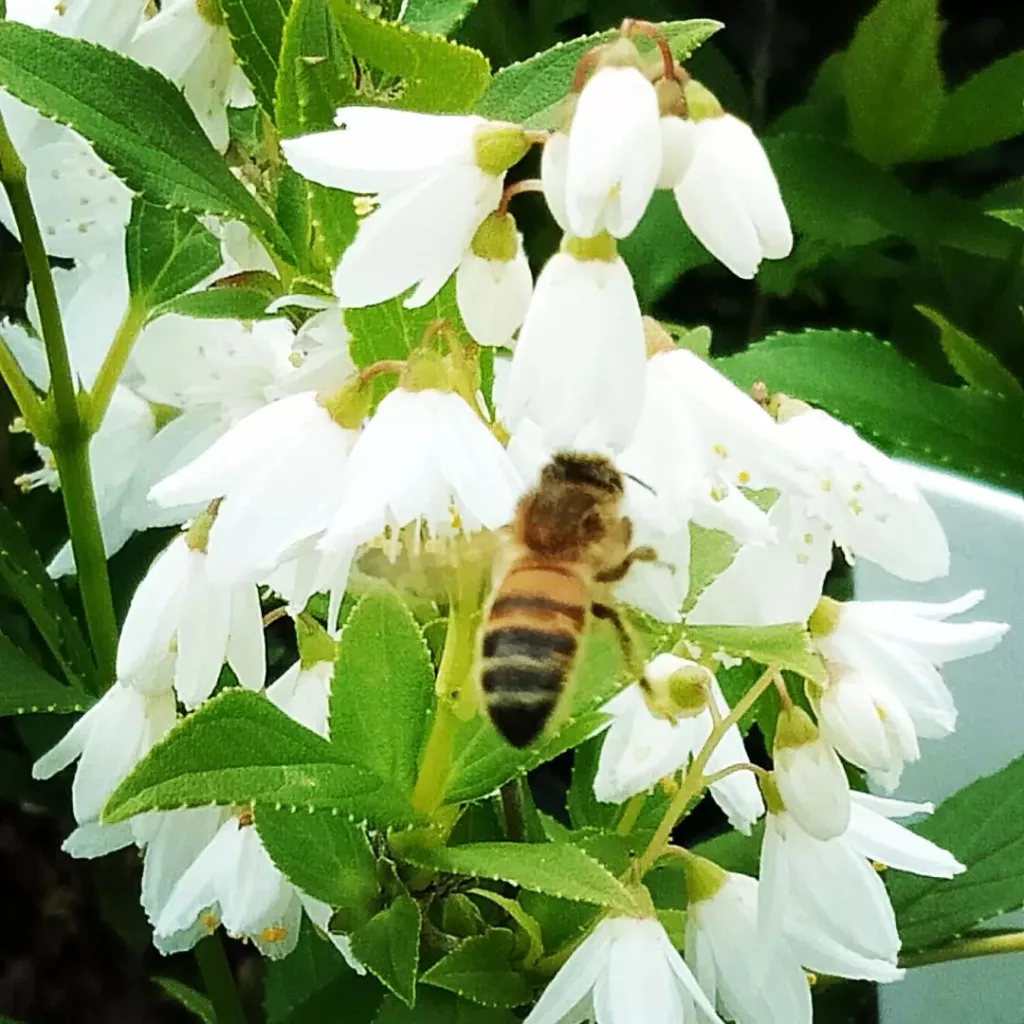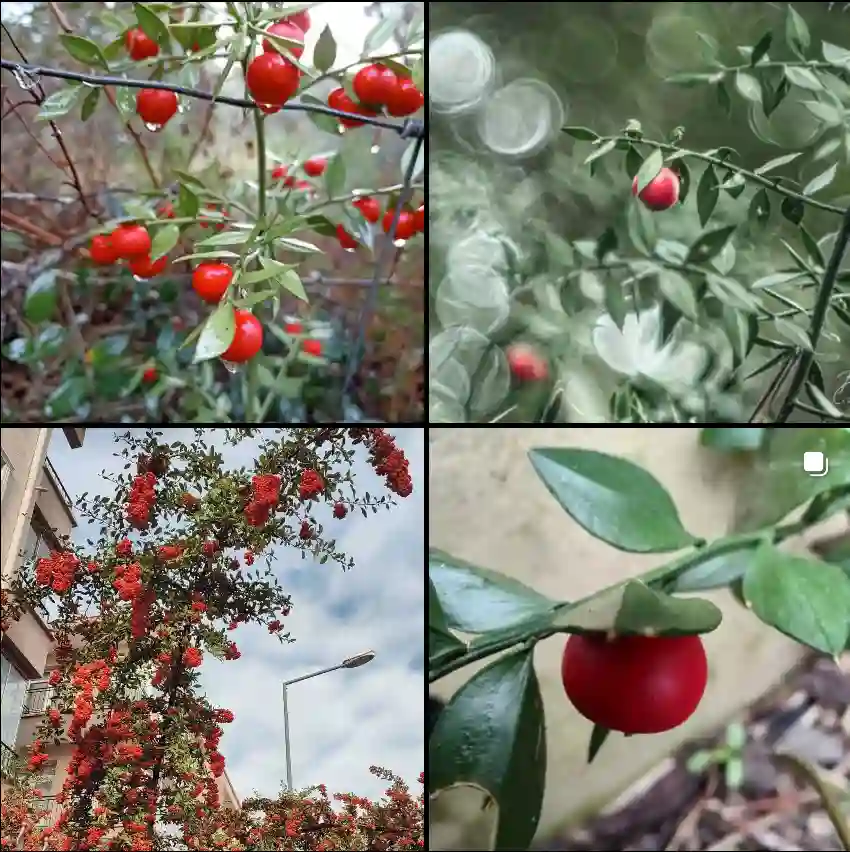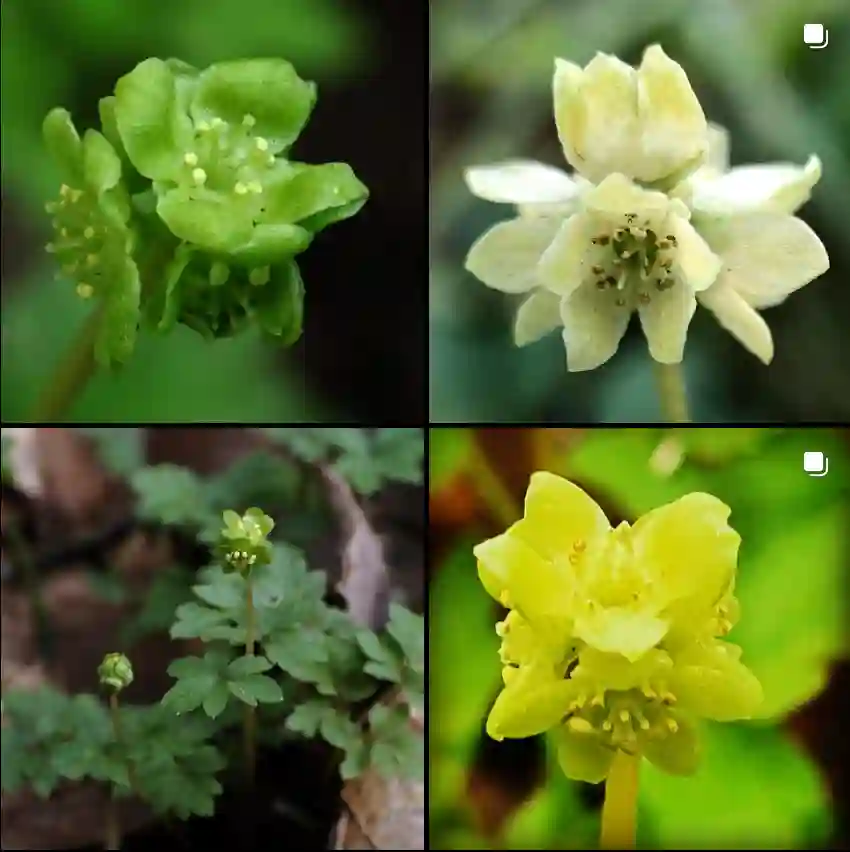Euphorbia Dentata: The Toothed Spurge with a Bite
Hi, Ferb Vu here! I’m a plant enthusiast, and today, we’re diving into the world of Euphorbia dentata, also known as the toothed spurge or green poinsettia (though it’s not a true poinsettia). This interesting little plant has captured the attention of gardeners for its unique characteristics, but it’s important to be aware of both its charm and potential challenges.
2093 Species in Genus Euphorbia
What is Euphorbia Dentata?
Euphorbia dentata is a hairy annual herb native to parts of North and South America. Its exact native range is a bit of a mystery, but it’s found in various locations across these continents. The toothed spurge gets its name from the pointed, serrated leaves that line its erect or somewhat erect stem, which can reach up to 50 centimeters in height.
While some find its fuzzy appearance endearing, Euphorbia dentata is considered a noxious weed in certain areas. This is because it can spread quickly and compete with native plants. So, before you bring this botanical beauty home, be sure to check local regulations.
How to Care for Euphorbia Dentata?
If you live in a region where Euphorbia dentata isn’t considered invasive, it can be a rewarding addition to your garden. Here’s how to keep it happy and thriving:
- Light: Euphorbia dentata prefers full sun to partial shade. Aim for at least 6 hours of direct sunlight daily.
- Water: Water moderately, allowing the soil to dry slightly between waterings. Overwatering can lead to root rot.
- Soil: Well-draining soil is crucial. Sandy loam or a cactus mix is ideal.
- Temperature: Euphorbia dentata thrives in warm climates. It can tolerate some frost, but prolonged cold spells can damage the plant.
- Fertilizer: This low-maintenance plant doesn’t require frequent fertilization. A light feeding with a balanced fertilizer once or twice a season is sufficient.
Important Note: Euphorbia dentata, like all Euphorbias, produces a white, milky sap that can be irritating to the skin and eyes. Wear gloves when handling the plant and be cautious if you have any sensitivities.
How to Propagate Euphorbia Dentata?
Propagating Euphorbia dentata is a straightforward process. You can achieve this through stem cuttings:
- Choose a healthy stem and sterilize your cutting tool (scissors, pruners) with rubbing alcohol.
- Make a clean cut just below a node (the point where leaves join the stem).
- Allow the milky sap to dry completely, which can take up to a day.
- Plant the cutting in a pot filled with well-draining soil. Water lightly and keep the soil slightly moist.
- Place the pot in a warm location with indirect sunlight.
With proper care, roots should develop within a few weeks. Once established, you can gradually introduce the new plant to more sunlight.
What to Plant with Euphorbia Dentata?
Euphorbia dentata’s unique texture and form make it a versatile companion for other plants. Here are some ideas for creating a harmonious garden:
- Succulents and cacti: The shared love of well-draining soil and warm temperatures makes Euphorbia dentata a perfect partner for succulents and cacti.
- Grasses: Ornamental grasses add a touch of movement and contrast to the toothed spurge’s structure.
- Flowering perennials: For a pop of color, consider pairing Euphorbia dentata with low-growing perennials like verbena or coreopsis.
Remember to choose plants with similar sun and water requirements to ensure a thriving garden.
Beyond the Basics: Interesting Facts about Euphorbia Dentata
Here are some additional tidbits about Euphorbia dentata to quench your botanical curiosity:
- Not a True Poinsettia: Despite the nickname “green poinsettia,” Euphorbia dentata belongs to a different genus (Euphorbia) than the holiday favorite poinsettia (Euphorbia pulcherrima). While both share the milky sap and attractive foliage, their flower structures differ.
- Ecological Role: Though considered a weed in some areas, Euphorbia dentata plays a role in the ecosystem. It attracts pollinators like bees and butterflies with its tiny greenish flowers.
- Medicinal Uses (Caution Advised): In some traditional medicine practices, Euphorbia dentata has been used for various purposes. However, it’s crucial to note that the plant is toxic and self-treatment is not recommended. Always consult a qualified healthcare professional before using any plant for medicinal purposes.
By understanding Euphorbia dentata’s needs and potential drawbacks, you can decide if it’s the right fit for your garden. With proper care, this interesting plant can add a touch of architectural intrigue and textural contrast to your outdoor space. Just remember to be mindful of its potential to spread and take precautions when handling it due to the sap. If you’re looking for a conversation starter among plant enthusiasts, Euphorbia dentata with its unique characteristics is sure to spark curiosity. So, if you’re an adventurous gardener seeking something a little out of the ordinary, this toothed wonder might just be the perfect addition to your plant kingdom.
If i die, water my plants!



